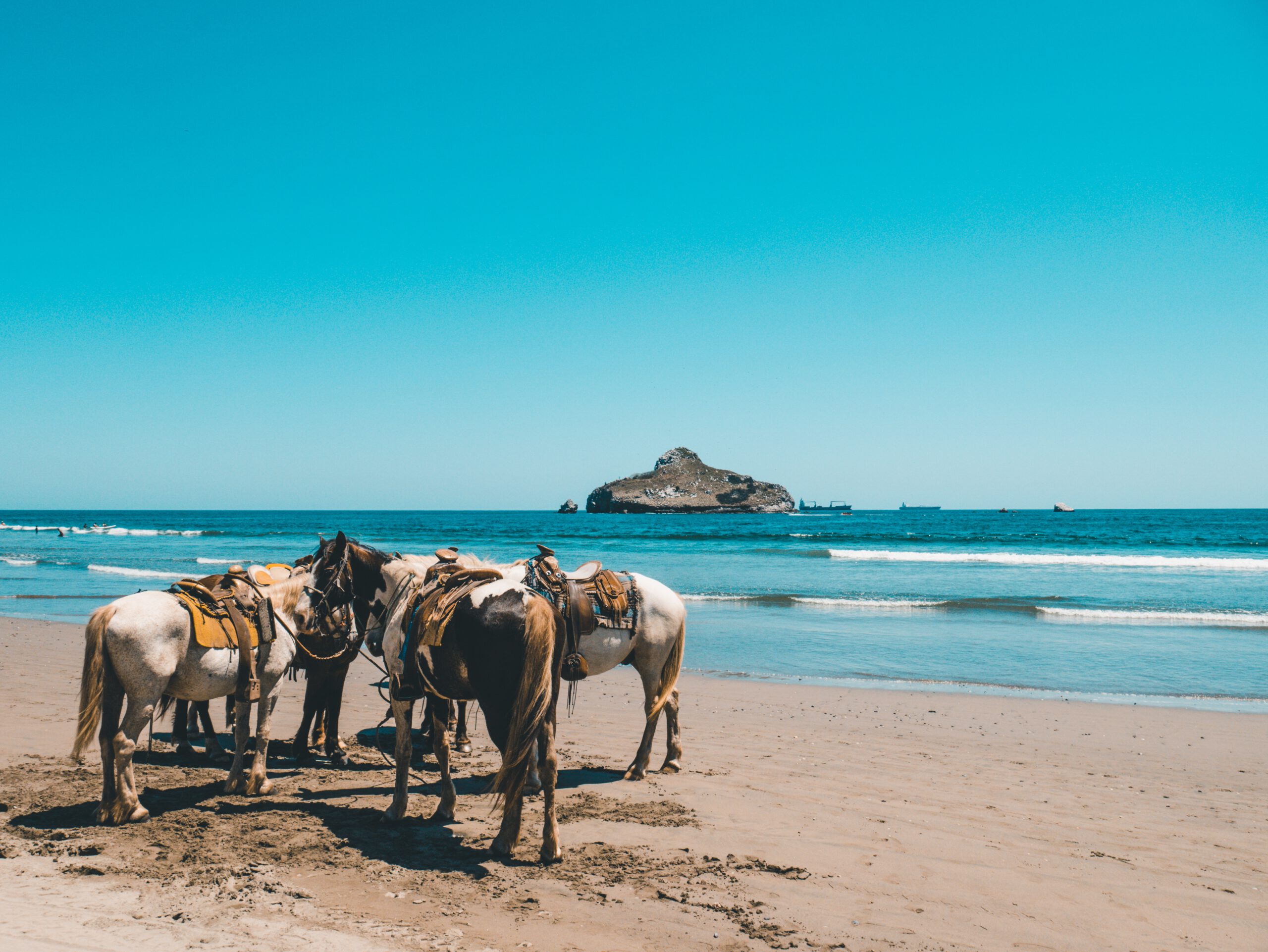From a day’s ride, it’s a simple stroll; from a week or more, it becomes a trek. But it can also last months or even years, in which case it’s an equestrian journey. And then came the time of the “leisure civilization”. People found themselves with much more free time and greater means. More people were able – and willing! to ride, and in many cases, with the sole desire of riding across the country and reconnecting with the long rides of yesteryear.

Horseback riding in history
There’s no doubt that the first riders – three and a half thousand years ago – practiced equestrian tourism in their own way. For what man is there on horseback who doesn’t push his mount towards something suddenly intriguing in the distance? And isn’t riding for the pleasure of satisfying one’s curiosity akin to trekking?
Between February 1429 and December 1430, Joan of Arc covered some 5,500 kilometers in the saddle. But a closer look at her long and zigzagging itinerary reveals that her travels were not always dictated by military or diplomatic imperatives. So, what was? La Pucelle simply sought the pleasure of traveling in the saddle, riding the horse she had virtually “stolen” from men, since in her day horseback riding was a manly privilege…
In June 1580, Michel de Montaigne left his Périgord home to travel to Paris to present a copy of his Essais to the king, and then on to Rome to present another to the pope. He travels by horseback, of course, since at the time this was the only known means of transport available. The journey lasted eighteen months, not because of the length of the route, but because the moralist was visiting a large part of Europe. He’s an equestrian tourist!
The need to see what’s going on far away, the need to visit and learn, but also the need to live with horses – these are the three main motivations of horseback riders.
Horse riding today
With the advent of cars, trains, trucks and tractors in the early 20th century, horses began to disappear from everyday life. Around 1950, only the military and aristocrats kept them, either out of taste or a need for prestige.
In the 60s and 70s, structures were set up to promote, supervise and instruct equestrian tourism. They evolved slowly – and sometimes with difficulty. At the dawn of the third millennium, they became the C.N.T.E. (Comité National de Tourisme Equestre), one of the three components of the F.F.E. (Fédération Française d’Equitation).
Horse riding: a discipline in its own right
It’s often said that trail riding is “elementary”, a form of sub-equitation. And yet… According to Jean d’Orgeix, Olympic show jumping champion, “a good outdoor rider always makes a good indoor rider, the opposite rarely being true”. Why this statement? Simply because off-road riding is a more effective way of forging a solid foundation than on the flat, unsurprising ground of the riding arena. And if, after riding outdoors, you go on to perfect your skills in the riding school, you can become an excellent rider practicing more superior than elementary horsemanship…
To enjoy a pleasant ride, it’s not enough to know how to stand in the saddle. You also need to be able to lead a horse with care, and to feed, water and care for it properly. It’s important to be able to remove and replace a shoe, as well as repair a piece of harness. And if you’re going to ride in the forest or on the causse, it’s important – by far! – to have a good sense of direction. Many say that a seasoned hiker has a second profession. To learn this, all you need to do is ask the elders, the farrier, or the vet, and read a number of guidebooks. But without repeated practice, results are hard to come by. And practice is above all pleasure!
Horse-riding: a gradual apprenticeship
A large number of riding schools specialize in this discipline and teach how to ride properly. Neophytes begin with short outings. As they become more comfortable in the saddle, the duration of these outings increases. Soon the budding rider can take part in half-day or full-day rides. Then comes the time when spending five or six hours a day on horseback poses no problem. He can then embark on long guided rides, organized in France or abroad.
Once you’ve mastered the hiker’s “craft”, you may want to start out on your own or with friends, without a guide. This is more than possible if you are careful to progress step by step. A day’s outing, then a weekend, should precede any week-long outing, for example. This allows you to discover your shortcomings, check the quality and efficiency of your equipment and, of course, adjust improve. You’ll then be truly autonomous with your mount.
The best rides
Once you’ve become almost nomadic, you may come to emulate long-distance trekkers, some of whom have become famous, such as the Coquet sisters, who rode from Paris to Jerusalem in the 70s; or Stéphane Bigo, who around the same time rode from Turkey to Afghanistan, before embarking on long journeys to the Americas. And closer to home, Sophie Ducasse spent six months riding across France. Learning to ride can be the start of an adventure!


